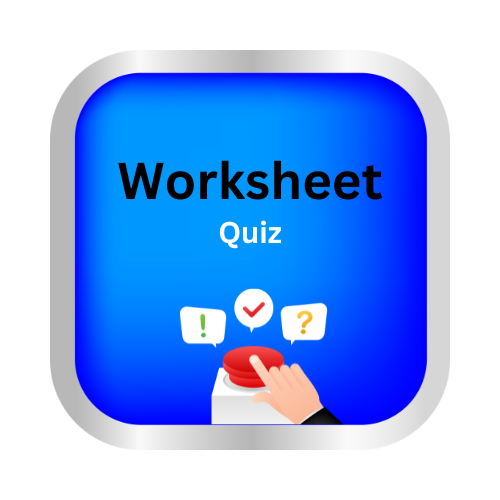Identify adverbs
key notes :
1. What is an Adverb?
- An adverb is a word that describes a verb (an action), an adjective, or another adverb.
- It gives us more information about how, when, or where something happens.
2. What Do Adverbs Tell Us?
- How? (Adverbs of Manner): Describes how an action is done.
- Example: “She sings beautifully.”
- When? (Adverbs of Time): Describes when an action happens.
- Example: “He arrived early.”
- Where? (Adverbs of Place): Describes where an action happens.
- Example: “The dog ran outside.”
3. Common Features of Adverbs:
- Many adverbs end in “-ly”, but not all.
- They can be found in different parts of a sentence, often near the verb they describe.
4. How to Identify Adverbs in a Sentence:
- Step 1: Find the verb (the action word) in the sentence.
- Step 2: Look for a word that tells more about the action:
- How did it happen?
- When did it happen?
- Where did it happen?
- Step 3: The word that answers these questions is likely an adverb.
5. Examples of Adverbs in Sentences:
- How? (Manner)
- “He reads quietly.”
- Quietly tells us how he reads.
- When? (Time)
- “She will leave soon.”
- Soon tells us when she will leave.
- Where? (Place)
- “They played outside.”
- Outside tells us where they played.
6. Practice with Adverbs:
- “The teacher spoke kindly.”
- Adverb: kindly (tells how the teacher spoke)
- “We will eat lunch later.”
- Adverb: later (tells when we will eat)
- “The children are playing nearby.”
- Adverb: nearby (tells where the children are playing)
7. Why Adverbs Are Important:
- They make sentences more interesting and detailed.
- They help us understand actions more clearly.
Let’s practice!🖊️

